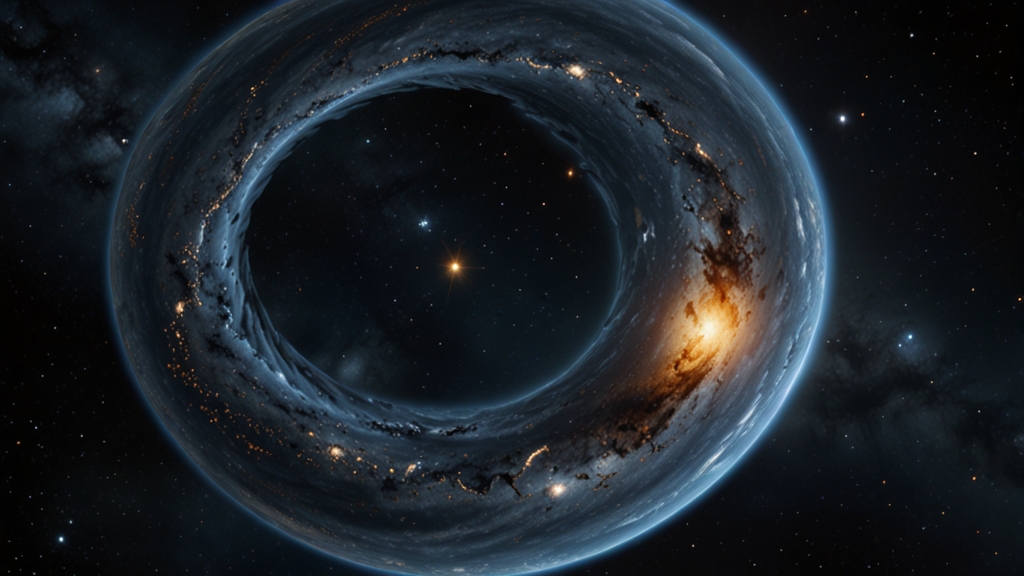Mathematics in Space: The Role of Numbers in Astronomy
Mathematics has always played a crucial role in the field of astronomy. From ancient civilizations using stars to navigate the seas to modern-day astrophysicists decoding the mysteries of the universe, numbers and calculations form the backbone of our understanding of space. This article explores how mathematical concepts are applied in various aspects of astronomy, from calculating distances to predicting celestial events.
The Historical Significance of Mathematics in Astronomy
Historically, the link between mathematics and astronomy can be traced back to ancient Babylonian astronomers who meticulously recorded celestial events, using arithmetic and geometry to make sense of their observations. The Greeks further advanced these methods with Ptolemaic models that mathematically described planetary movements. During the Renaissance, Johannes Kepler used mathematical formulas to accurately describe planetary orbits, a significant breakthrough that laid the groundwork for Newton's laws of motion and universal gravitation.
Calculating Distances in Space
One of the primary applications of mathematics in astronomy is the calculation of distances. Astronomers use various methods such as parallax, standard candles, and redshift to measure how far celestial objects are from Earth. The parallax method relies on simple trigonometry, utilizing the apparent shift of an object against a distant background from two different vantage points. Standard candles, like Cepheid variables and Type Ia supernovae, have known luminosities, allowing astronomers to calculate their distances based on observed brightness. Redshift measures the wavelength shift in light from distant galaxies, using the Doppler effect and the Hubble constant to estimate distances.
“The cosmos is within us. We are made of star-stuff. We are a way for the universe to know itself.” -- Carl Sagan
Orbital Mechanics and Predicting Celestial Events
Orbital mechanics is another area where mathematics is indispensable. By applying Kepler's laws of planetary motion and Newton's law of gravitation, astronomers can predict the orbits of planets, moons, and artificial satellites. These calculations are vital for space missions, ensuring spacecraft reach their destinations accurately. Additionally, they help in predicting celestial events like eclipses, transits, and meteor showers, allowing both scientists and the public to enjoy these phenomena.
Astrophysics and the Nature of the Universe
In the realm of astrophysics, mathematics deciphers the fundamental nature of the universe. Equations like Einstein’s Field Equations in his General Theory of Relativity describe the fabric of spacetime, explaining phenomena like black holes and gravitational waves. Large-scale simulations of cosmic evolution rely on numerical methods and computational power to model the behavior of galaxies, dark matter, and dark energy. Statistical methods also play a significant role in analyzing data from telescopes and other observational tools, providing insights into the composition and dynamics of celestial objects.
“The important thing is not to stop questioning. Curiosity has its own reason for existing.” -- Albert Einstein
The Mathematics of Exoplanet Discovery
The search for exoplanets, planets outside our solar system, heavily depends on mathematical algorithms. Methods such as the transit method and radial velocity method use mathematical models to detect and confirm the presence of exoplanets. The transit method identifies the periodic dimming of a star caused by a planet passing in front of it, while the radial velocity method detects wobbles in a star's motion caused by the gravitational pull of an orbiting planet. These techniques have already led to the discovery of thousands of exoplanets, opening new frontiers in the quest for extraterrestrial life.
Conclusion
Mathematics is the universal language that enables us to explore and understand the cosmos. Whether calculating the vast distances between stars or predicting the intricate dance of celestial bodies, numbers and equations provide the tools necessary for astronomical discovery. The synergy between mathematics and astronomy continues to drive our quest for knowledge, uncovering the secrets of the universe one calculation at a time.
“Somewhere, something incredible is waiting to be known.” -- Carl Sagan









